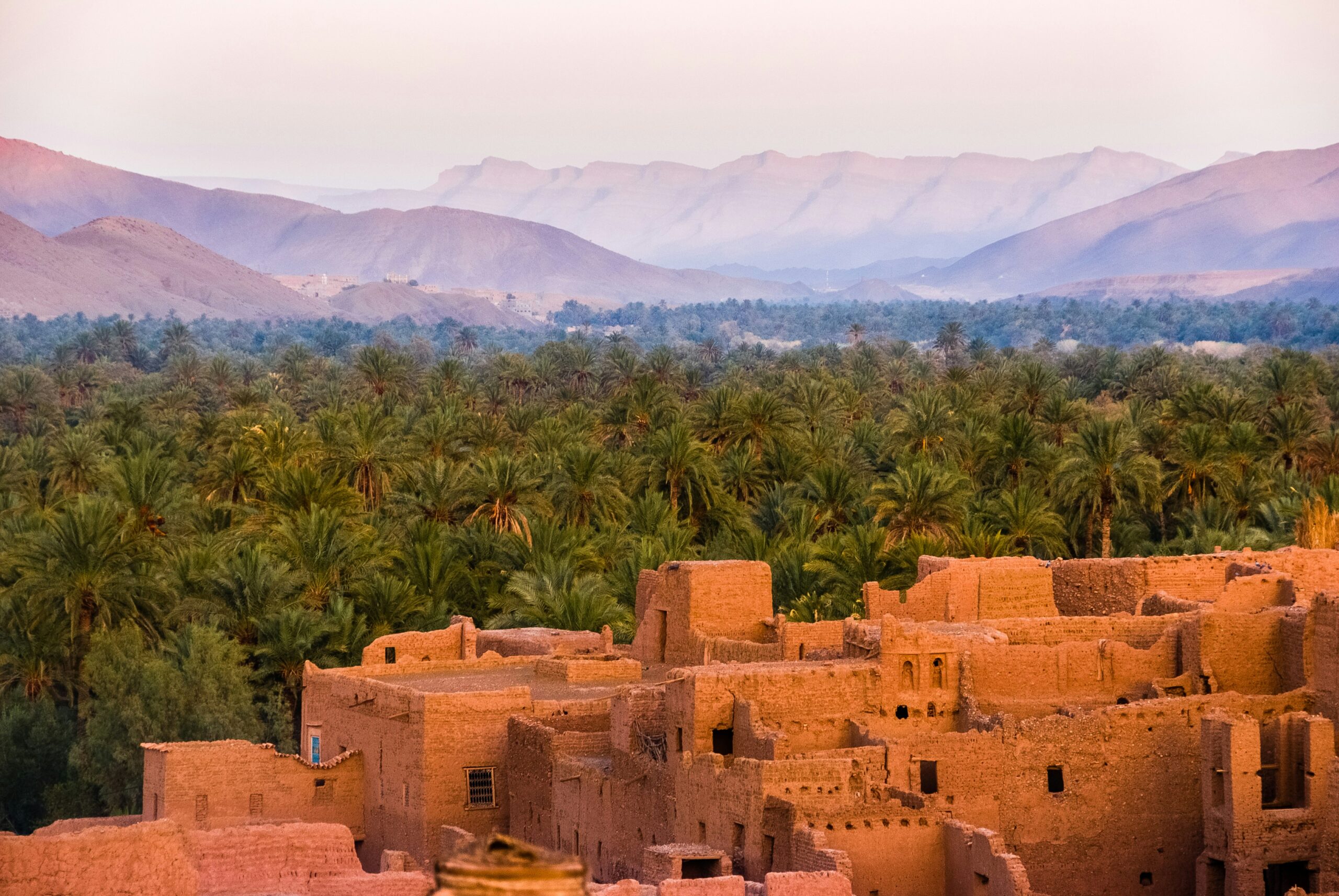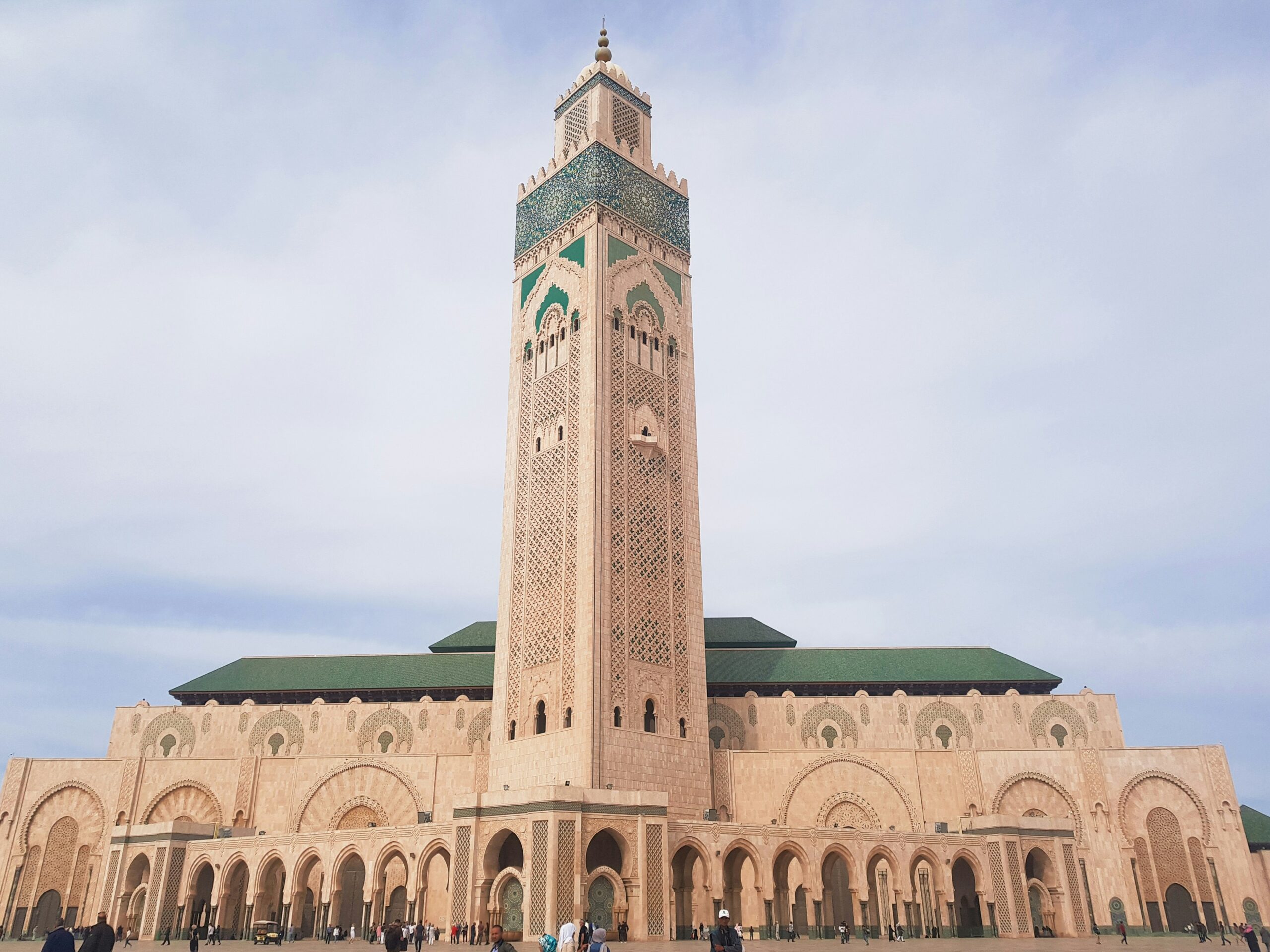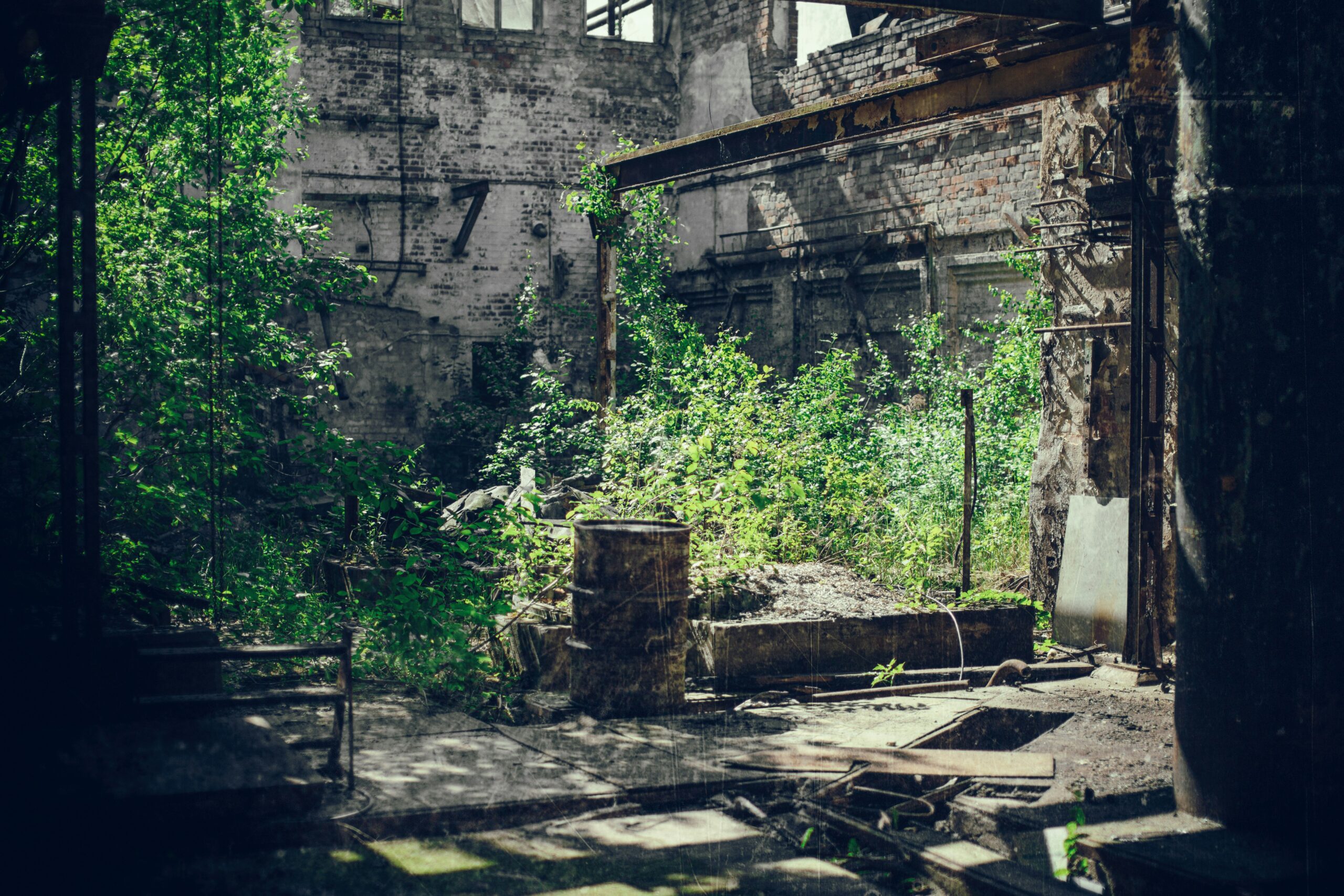Morocco, a country rich in history and culture, is known for its vibrant colors, intricate architecture, and ancient treasures. From the bustling markets of Marrakech to the serene beauty of the Sahara Desert, Morocco offers a unique and unforgettable experience for travelers.
But what if you could explore Morocco’s hidden gems without leaving the comfort of your own home? Thanks to the power of UI/UX designs, you can now embark on a virtual journey to uncover the ancient treasures of Morocco.
The Power of UI/UX Designs
UI (User Interface) and UX (User Experience) designs play a crucial role in creating engaging and immersive digital experiences. By combining aesthetics, functionality, and usability, UI/UX designers can bring a sense of authenticity and realism to virtual environments.
When it comes to exploring ancient treasures, UI/UX designs can transport users to different locations, allowing them to navigate through historical sites, interact with artifacts, and learn about the rich history of Morocco.
Immersive Virtual Tours
One of the most exciting applications of UI/UX designs in uncovering ancient treasures is through immersive virtual tours. These tours provide users with a 360-degree view of historical sites, allowing them to explore every nook and cranny.
Imagine stepping into the ancient city of Fez, with its labyrinthine streets and stunning architecture. Through UI/UX designs, you can navigate through the narrow alleys, visit the famous tanneries, and even interact with local artisans to learn about their traditional crafts.
Or perhaps you’re interested in the ancient Roman ruins of Volubilis. With UI/UX designs, you can wander through the well-preserved ruins, marvel at the intricate mosaics, and gain insights into the lives of the people who once called this place home.
Interactive Artifact Displays
UI/UX designs also play a crucial role in creating interactive artifact displays. Instead of simply viewing static images, users can now interact with digital replicas of ancient artifacts, allowing them to zoom in, rotate, and learn more about each item.
For example, imagine being able to examine a beautifully crafted Moroccan rug up close, exploring its intricate patterns and learning about the traditional weaving techniques. UI/UX designs can bring these artifacts to life, providing a level of detail and interactivity that was previously unimaginable.
Educational Experiences
UI/UX designs not only make exploring ancient treasures more immersive but also more educational. Through interactive elements and informative content, users can learn about the historical significance of each site, the cultural context of the artifacts, and the stories behind them.
Whether it’s the history of the Alhambra in Granada or the significance of the blue city of Chefchaouen, UI/UX designs can provide users with a deeper understanding and appreciation of Morocco’s rich heritage.
Conclusion
Morocco’s timeless charm and ancient treasures are now more accessible than ever, thanks to the power of UI/UX designs. Through immersive virtual tours, interactive artifact displays, and educational experiences, users can embark on a digital journey to uncover the wonders of Morocco’s past.
So, whether you’re a history enthusiast, a curious traveler, or simply someone who appreciates beautiful design, UI/UX designs offer a unique way to explore and engage with Morocco’s rich cultural heritage.










Leave a Reply